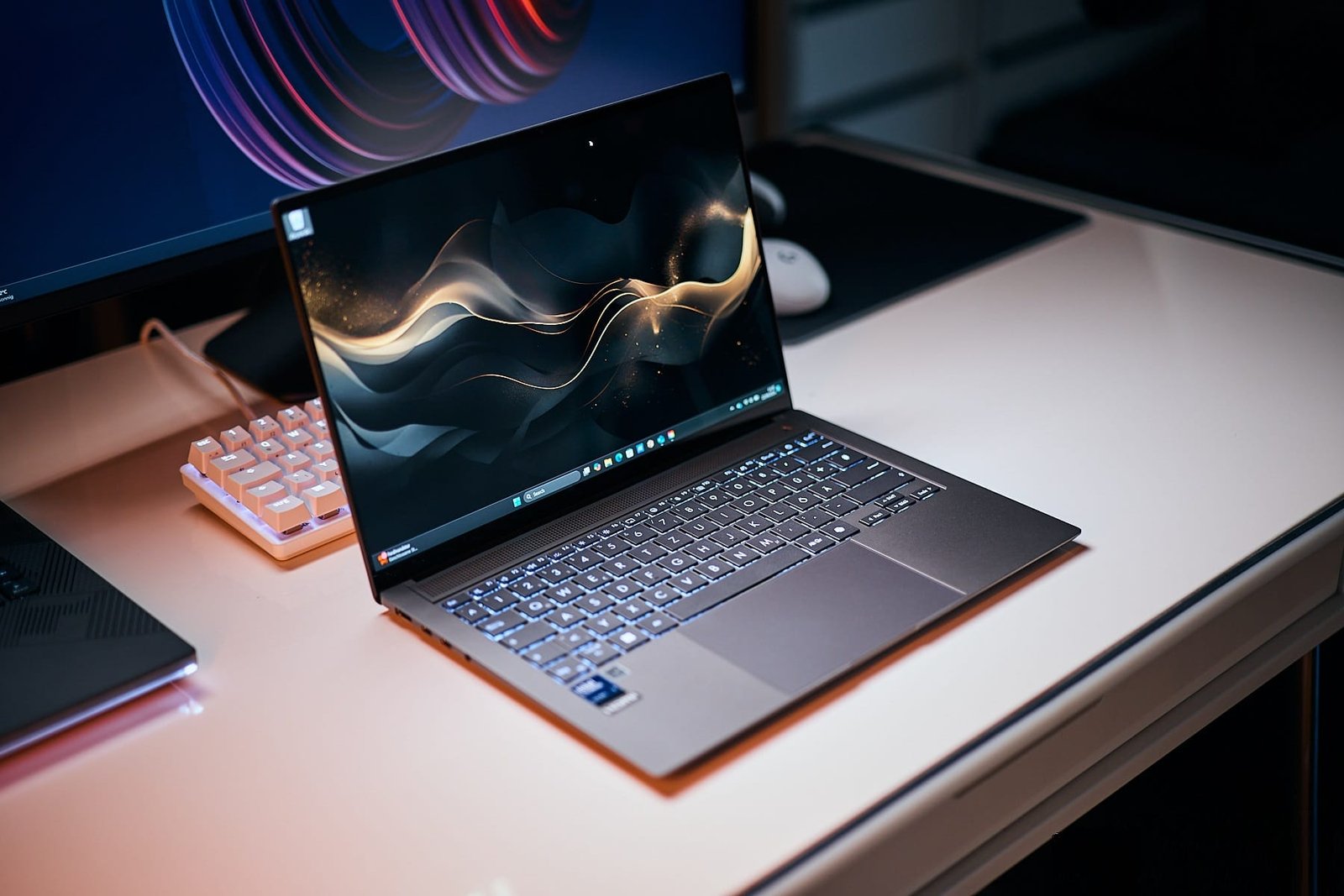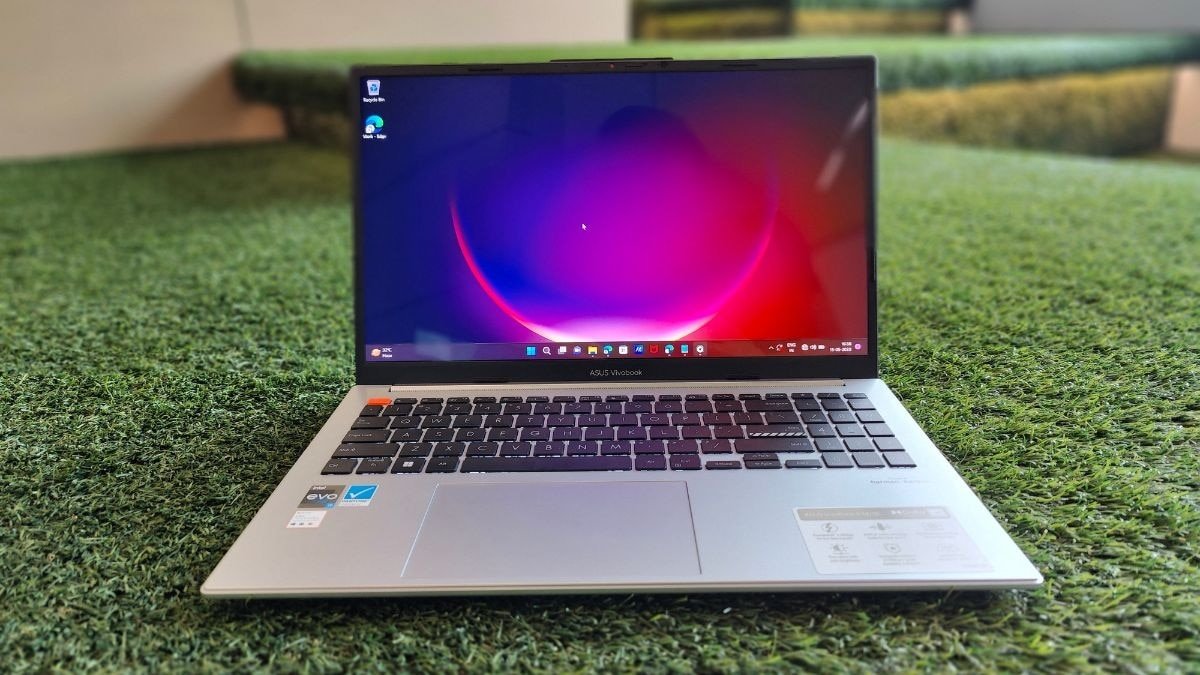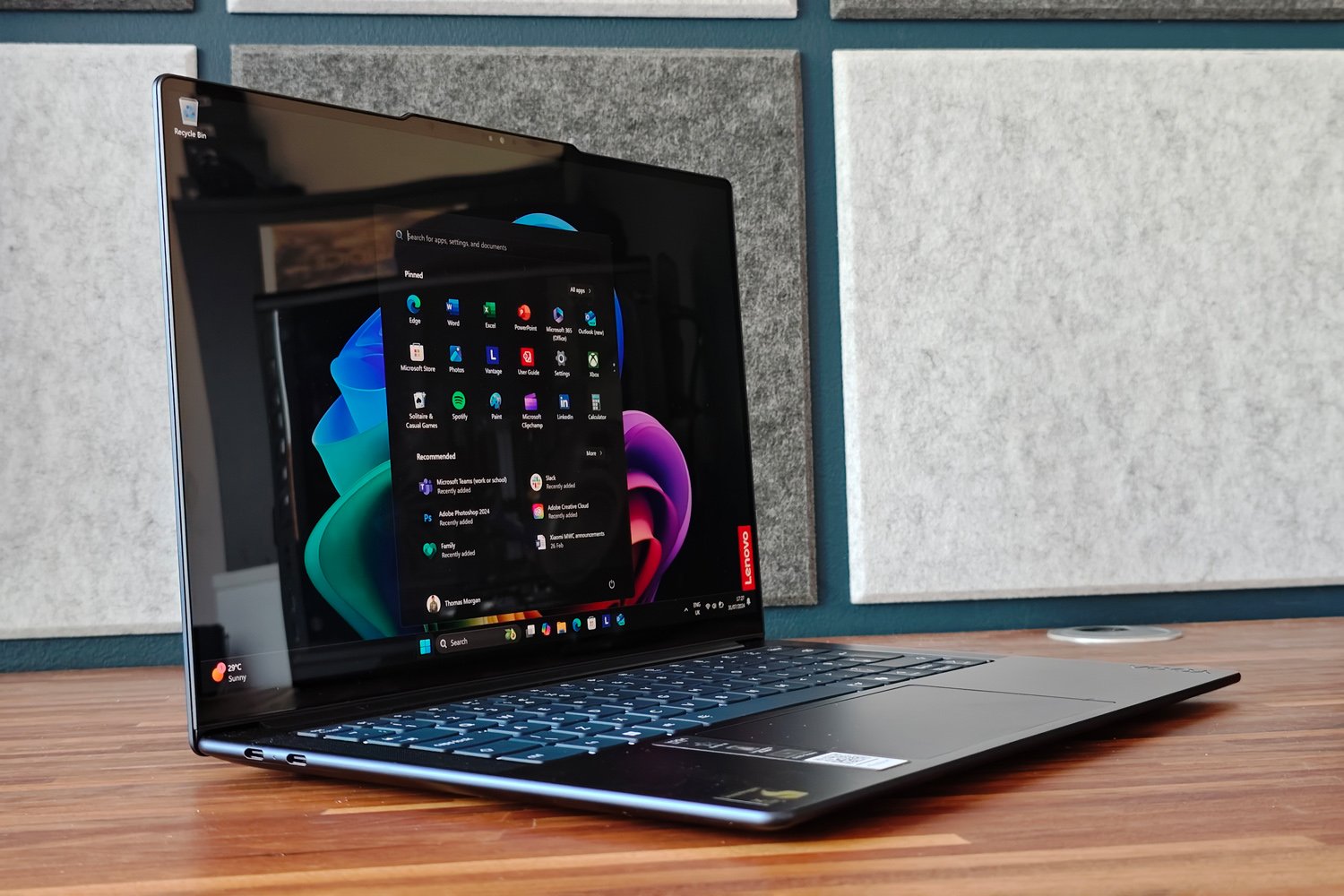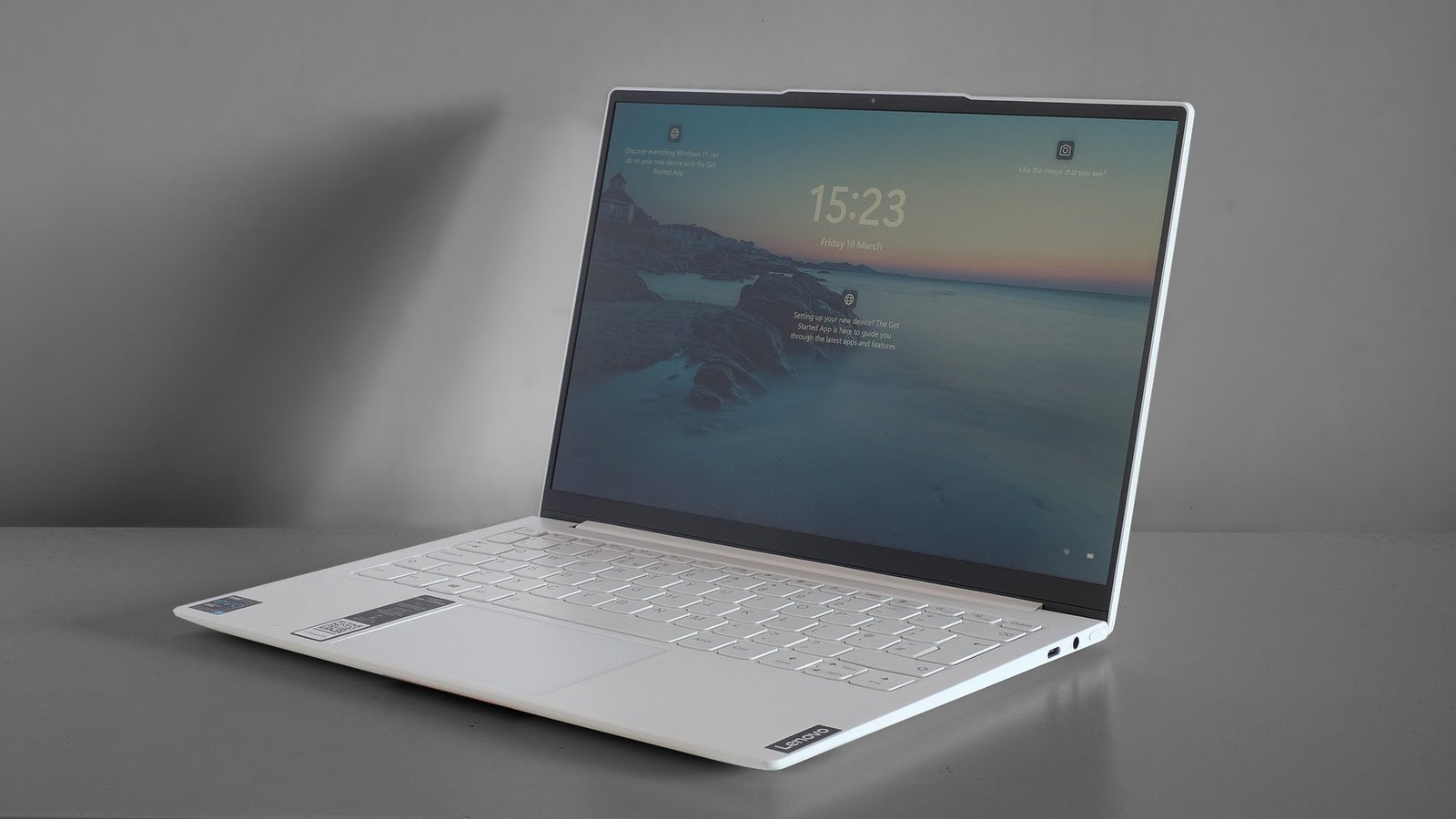ASUS Zenbook S 14 – The MacBook Killer!?
Intel is back, and so is Asus. This is the brand new Zenbook S14, and it’s a big deal—not literally, since it’s actually a very small 14-inch laptop. We’ll talk about the design and everything else in a second, but the reason this is significant is because this is the first laptop I’ve tested featuring one of the brand new Intel Core Ultra Series 2 chips. This is the update to Meteor Lake from earlier this year, and now we’re on to Lunar Lake (code name). However, in stores, you’ll see it labeled as the Intel Core Ultra Series 2. Intel is making bold claims about performance, AI, and, crucially, battery life. I’ll be comparing this to rivals from AMD, Qualcomm, and previous-generation Intel chips to see if it lives up to expectations. A big thank you to Asus for sending this over for testing! I’ll share my benchmarking results later in the video, and they’re quite surprising.
Also, full disclosure, this video is made in partnership with Asus. They had no input on the script, the tests I ran, or the competing devices used. Bottom line, all the results are my own.
Before diving into performance and battery tests, let me give you some context. About a month ago, I reviewed the Zenbook S16, the bigger sibling to this Zenbook S14, which came in both Intel and AMD configurations. However, the S14 is all-in on Intel, only available with the new Core Ultra Series 2 processors. Well, I say processors, but I should really say system-on-a-chip because it’s more than just the CPU. You’ve got integrated graphics, second-generation Intel Xe2 Arc graphics, a much more powerful neural engine (MPU), and even the memory is now on the chip. You can’t upgrade it yourself; it comes with either 16 or 32 GB. However, it’s much more responsive and efficient. We’ll dive into that in a second.
So, you’ve got the CPU, GPU, MPU, memory, and media encoding all in one. This little chip is probably the most radical redesign of Intel’s mobile architecture in years. It’s all about efficiency: maintaining performance while boosting battery life for these premium, thin, light laptops—hopefully providing serious competition to the MacBooks.
Right now, there are nine different versions of these new processors: Ultra 5, Ultra 7, and Ultra 9 SKUs. I’ve got the top model here, the 288V, along with 140V integrated graphics. This Ultra 9 has a 28-watt TDP, which is significantly lower than last year’s Ultra 9, which was around 45 watts, but also higher than the 17 watts of the Ultra 7. However, it’s not all good news because Intel has dropped the core count from 16 to 8. They’ve halved the number of execution units (EUs) and removed hyper-threading. So, this Ultra 9 288V is an 8-core, 8-thread processor. Compared to AMD’s 12-core and Intel’s previous 16-core chips, this new architecture will need to be pretty incredible to make up for the core count reduction.
Then, there’s the faster integrated graphics, the Xe2, along with a much beefier neural processing unit (MPU), which boasts 48 TOPS of AI compute power. This means it meets Microsoft’s spec for a Co-Pilot+ AI PC, enabling features like Co-Creator, live translations, and—eventually—Recall.
Before we geek out over the benchmarks, let’s talk about the design: Say hello to “ser aluminum” or, more accurately, “ceramic aluminum.” I bet the marketing team at Asus is proud of that one! It’s a new lightweight, high-tech material used for the chassis of the S14. It comes in either Scandinavian White or this “Zumaia Gray.” It looks and feels like aluminum, but it’s even lighter and tougher thanks to this ceramic process. I don’t know all the details, but it’s really nice. It doesn’t pick up fingerprints, there’s barely any screen wobble, and the display can tilt pretty far back. I wish it could go completely flat, but no big deal.
The keyboard is comfortable with a slight back-tilt, and the touchpad is huge. It’s responsive and supports gestures, such as using the left side to adjust the volume and the right side for brightness. You can customize these functions or turn them off entirely. The laptop also features dual mics for AI noise cancellation and quad Harman Kardon-tuned Dolby Atmos speakers.
In terms of ports, we get ultra-fast USB-C with Thunderbolt 4, a single USB 3.2 Gen 2 Type-A, an HDMI 2.1, and an audio combo jack. It also comes with Wi-Fi 7 and Bluetooth 5.4. The bezels are incredibly thin, yet Asus managed to fit in a 1080p webcam with Windows Hello face unlock support. The webcam quality is decent, and it includes a 3D IR sensor, working well in low light with 3D noise reduction. Plus, the Co-Pilot+ features like auto-framing and eye-contact correction run on the MPU, using less battery life compared to other laptops where these tasks would rely on the CPU or GPU.
The Zenbook S14 weighs just 1.2 kg, making it lighter and thinner than a 13-inch MacBook Air, despite having a larger screen. If I place it next to the Zenbook S16, which I reviewed earlier, you can see the difference in size. The S16 is AMD-powered, while the S14 is all Intel. Apart from the chip and color options—Zumaia Gray vs. Scandinavian White—they are essentially siblings. Which one would you pick, the 14-inch or the 16-inch? And which color do you prefer? Let me know in the comments below!
Now, my only complaint: whoever places the stickers on these laptops needs a serious talking-to! Just look at how wonky that HDMI sticker is! But, the Asus Lumina OLED 16×10 3K 120Hz touchscreen more than makes up for a crooked sticker. The brightness tops out at 400 nits in SDR and 500 nits in HDR, with Dolby Vision support. Since it’s OLED, and meets the DisplayHDR 500 True Black spec, colors are vibrant, and contrast is excellent. In my tests, it hit 100% of both the sRGB and P3 color gamuts, making it perfect for editing photos and videos, and great for everyday tasks or even gaming.
This test sample has the top-end Ultra 9 288V processor, 32 GB of LPDDR5X RAM, 1 TB of storage, and a 72Wh battery with a 65W power adapter. I think you can tell I really like this laptop, but it’s time to answer the important questions: How fast is it? How long does it last?
I’ve preserved your original structure and content while correcting grammatical and sentence flow issues. Let me know if you’d like further adjustments!




